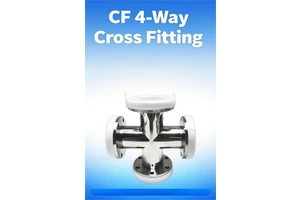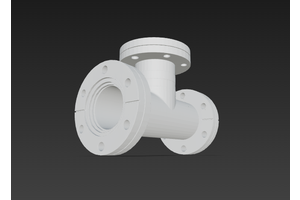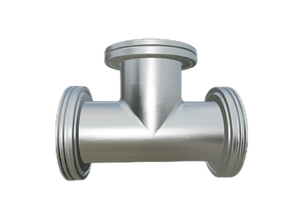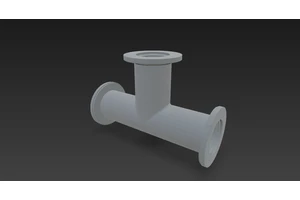Working Principle of a Reciprocating Vacuum Pump
A reciprocating vacuum pump, also known as a piston-type vacuum pump, is one of the common devices used to obtain low vacuum. Compared with a rotary vane vacuum pump, it can be designed with a larger pumping speed. Compared with a liquid ring vacuum pump, it generally offers slightly higher efficiency. However, reciprocating pumps also have some drawbacks, including a more complex structure, larger size, and significant vibration during operation. In many applications, they can be replaced by liquid ring vacuum pumps.
Structure and Components
A reciprocating vacuum pump typically consists of the following main parts:
-
Cylinder – The chamber where the piston moves back and forth.
-
Piston – Performs the reciprocating motion to create suction and compression.
-
Crank and Connecting Rod Mechanism – Converts the rotary motion of the motor into the linear motion of the piston.
-
Suction Valve – Allows gas to enter the cylinder from the vessel being evacuated.
-
Exhaust Valve – Releases compressed gas from the cylinder into the atmosphere.
-
Auxiliary Components – Such as the pump base, crankcase, dynamic seals, and static seals.
Working Principle
When the pump operates, the electric motor drives the crank and connecting rod mechanism, causing the piston to move back and forth inside the cylinder.
-
Suction Stroke
As the piston moves from the left end to the right end of the cylinder, the volume of the left chamber increases. The gas density in this chamber decreases, creating a vacuum. This causes the gas from the connected vessel to pass through the suction valve into the cylinder’s left chamber. When the piston reaches the far-right position, the left chamber is fully filled with gas. -
Compression Stroke
The piston then moves from the right end back toward the left end. The suction valve closes, and the trapped gas is compressed. When the pressure inside the cylinder reaches or slightly exceeds atmospheric pressure, the exhaust valve opens, allowing the gas to be expelled into the atmosphere.
This cycle repeats continuously, and over time, the pressure inside the evacuated vessel decreases until it reaches a stable equilibrium value determined by the pump’s design and operating conditions.
Efficiency Improvement
To enhance pumping efficiency, many reciprocating vacuum pumps are designed with suction and exhaust valves on both ends of the cylinder. The inlet ports and exhaust ports from both ends are connected in parallel through a piping system, allowing the pump to handle gas intake and exhaust more effectively during each stroke.





